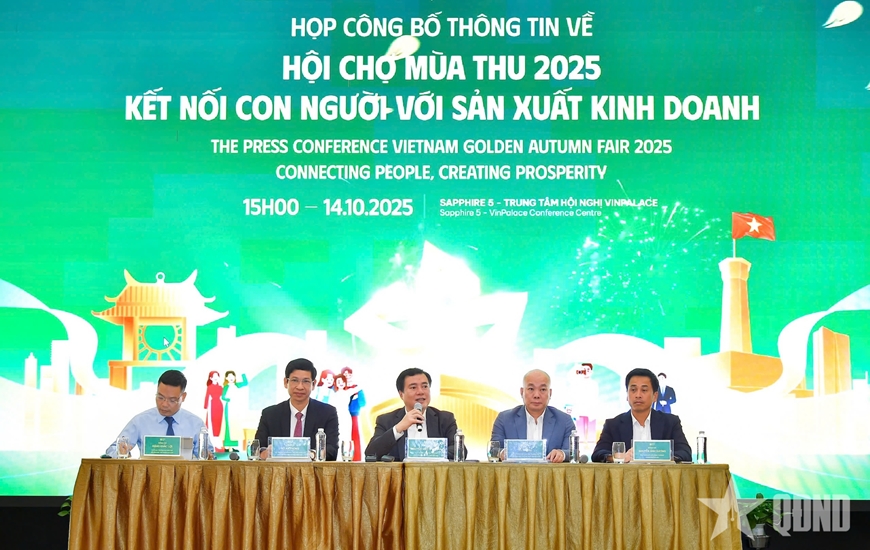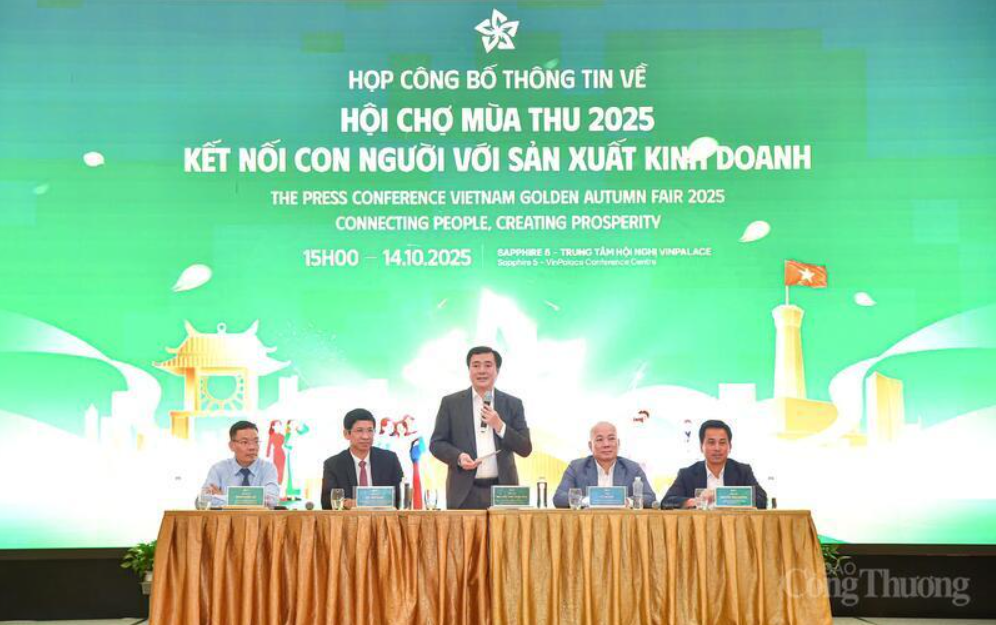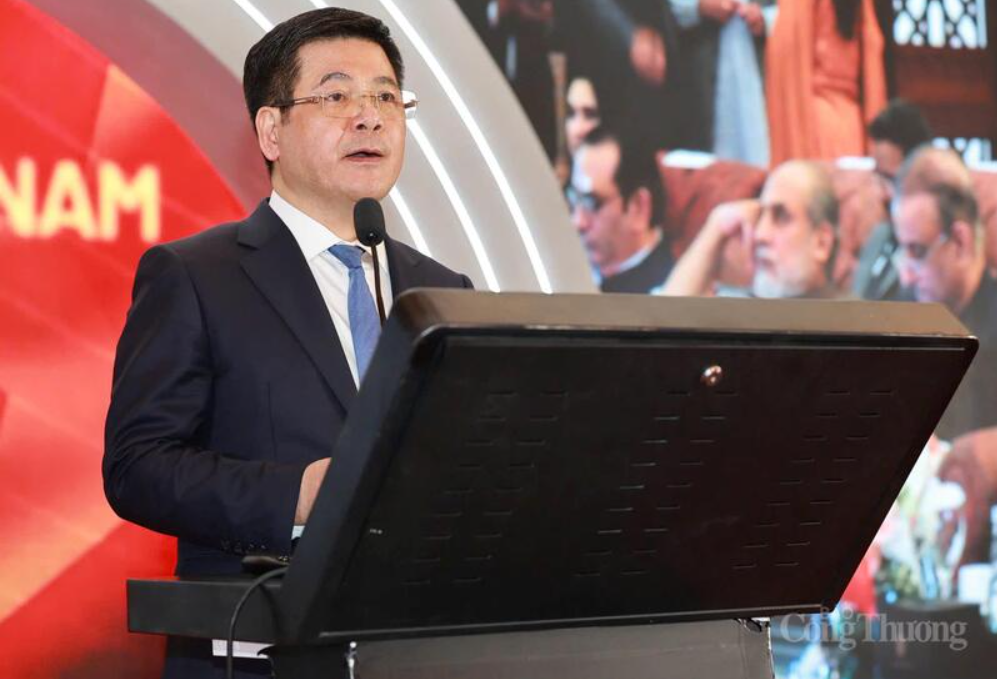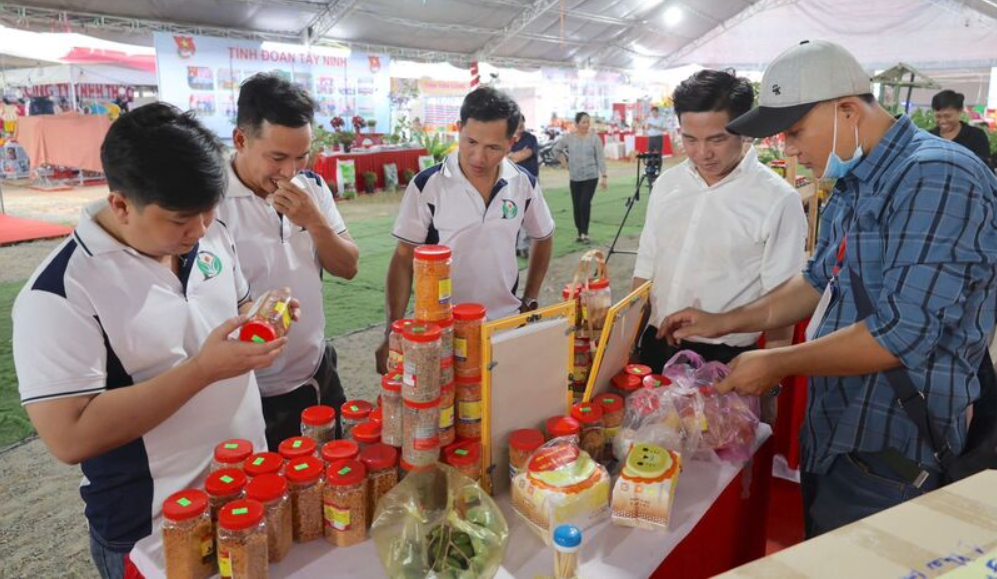
Vietnam highlights LNG power plans at Russian Energy Week 2025
19:05 | 23/03/2025 22:06 | 16/10/2025News and Events
Vietnam’s leather and footwear industry, seeking to climb the value chain, requires robust policies to strengthen its supporting industries, reduce import dependence, and increase localisation rates.
Currently the world’s third-largest footwear producer after China and India, and the second-largest in export value, Vietnam posted an impressive 16% year-on-year export growth in the first four months of 2025 - a testament to its strong foothold in the global supply chain.
Yet behind the glow of this growth lies a persistent paradox: the majority of raw materials for production are still imported. Despite efforts by the government, ministries, and enterprises to connect domestic supply and demand, the actual localisation rate has stagnated.

Strong export growth but modest value - Vietnam’s leather and footwear sector needs a policy breakthrough to strengthen its supporting industries
Pride on the map, but Value still lags
According to Phan Thị Thanh Xuan, Secretary-General and Vice President of the Vietnam Leather, Footwear and Handbag Association (LEFASO), Vietnam may be a global manufacturing hub, but its added value remains modest. The root cause lies in the low localisation rate and a supply structure lacking depth.
Data from the Ministry of Industry and Trade shows the industry’s average localisation rate is only around 55%. In sports shoes, the rate can reach 70-80%, but mostly in low-value inputs such as sewing thread, shoelaces, labels, and packaging. Conversely, key materials - including tanned leather, high-grade synthetic leather, shoe soles, technical fabrics, and specialised chemicals - still rely on imports for 70-80%, mainly from China, South Korea, and Taiwan (China).
This dependency not only limits domestic firms’ profit potential but also exposes them to risks from exchange rate fluctuations, international trade policies, and global supply chain disruptions.
“Every time raw material prices rise or foreign policies shift, we are hit hard. Processing prices are almost fixed, while input costs keep climbing. Profits just erode away,” shared a representative of a Hai Phong-based enterprise.
To address these bottlenecks, the Government issued Resolution 115/NQ-CP on measures to promote supporting industry development, creating a legal framework to foster the sector. Numerous specialised seminars, trade fairs, and matchmaking programmes have been held to connect local businesses with major FDI brands such as Nike, Adidas, and Decathlon.
However, according to participating firms, results remain modest. Many Vietnamese businesses have knocked repeatedly but received no positive response, as barriers extend beyond price and quality to include management capacity, production processes, and operational stability - factors on which FDI corporations are uncompromising.
Meanwhile, most domestic footwear supporting industry firms are small and medium-sized, short on capital, reliant on outdated technology, and inexperienced in meeting international standards. They may produce samples meeting requirements but cannot yet guarantee large-scale, consistent-quality production.
Breakthroughs needed: From institutions to industry infrastructure
To turn FDI domestic cooperation from mere handshakes into enduring, productive partnerships, fundamental and institutional changes are needed.
One repeated LEFASO proposal is the establishment of large-scale raw material and product development centres. These would serve as crucial intermediaries, importing bulk materials to reduce costs; commissioning domestic producers to meet common standards; housing internationally certified testing laboratories; and conducting R&D for new, eco-friendly materials.
In parallel, credit policies for supporting industries should be made more flexible. Access to capital should be based on project feasibility and confirmed purchase contracts, rather than collateral. A strong state-backed credit guarantee fund is essential to support enterprises during their transformation.
Trade promotion agencies should also shift from general introductions to more hands-on engagement - helping firms build portfolios, standardise processes, and obtain international certifications, all practical steps towards meeting global supply chain benchmarks.
Self-sufficiency in raw materials is not only a strategic goal but a survival requirement for Vietnam’s leather and footwear industry to increase added value, strengthen its position in the global supply chain, and reduce exposure to external shocks - from price volatility and trade policy shifts to logistics disruptions.
In an era of intensifying international competition, global brands demand higher standards for traceability, sustainability, environmental responsibility, and supplier agility. Without mastering its input materials, Vietnam will struggle to retain its role as a strategic manufacturing base, let alone elevate its value proposition.
It is time for Vietnam to move beyond short-term matchmaking initiatives and towards building a robust, integrated supporting industry ecosystem - one shaped holistically from policy and infrastructure to finance, workforce training, and technological support.
Raw material hubs, dedicated credit funds, internationally accredited testing facilities, green material R&D centres, and supply chain management training programmes should all be developed as integral components of an interconnected architecture. The State must play a facilitating and guiding role, while enterprises take the lead and continually raise their internal standards.
This is no easy path - it demands perseverance, long-term investment, and close coordination among the State, businesses, and industry associations. But without starting now, the ambition for Vietnam’s leather and footwear industry to become a high-value, sustainable, and truly self-reliant player on the global stage will remain an unfulfilled dream.
Vietnam’s leather and footwear exports are booming, but supply chain bottlenecks persist. It is time for a real policy shift to help the supporting industry move beyond “pitching” and secure its place in the global value chain.

19:05 | 23/03/2025 22:06 | 16/10/2025News and Events

19:05 | 23/03/2025 21:01 | 16/10/2025News and Events

19:05 | 23/03/2025 20:59 | 16/10/2025Trade

19:05 | 23/03/2025 20:56 | 16/10/2025Trade

19:05 | 23/03/2025 20:51 | 16/10/2025Trade